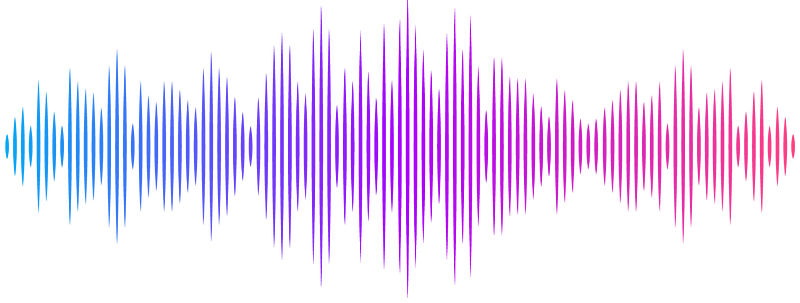EEG covariance patterns detects global cortical activity distribution following weak tactile input

EEG covariance patterns detects global cortical activity distribution following weak tactile input
Mellbin, A.; Rongala, U. B.; Jörntell, H.; Bengtsson, F.
AbstractMany studies have suggested that the neocortex operates as a global network of functionally interconnected neurons, indicating that any sensory input could shift activity distributions across the whole brain. A tool assessing the activity distribution across cortical regions with high temporal resolution could then potentially detect subtle changes that may pass unnoticed in regionalized analyses. We used eight-channel, distributed electrocorticogram (ECoG) recordings to analyze changes in global activity distribution caused by single pulse electrical stimulations of the paw. We analyzed the temporally evolving covariance patterns of the activity distributions using principal component analysis (PCA). We found that localized tactile stimulation caused clearly measurable changes in global ECoG activity distribution. These changes in signal covariance patterns were detectable across a small number of ECoG channels, even when not including the somatosensory cortex, suggesting that the method has high sensitivity, potentially making it applicable to human EEG for detection of pathological changes.